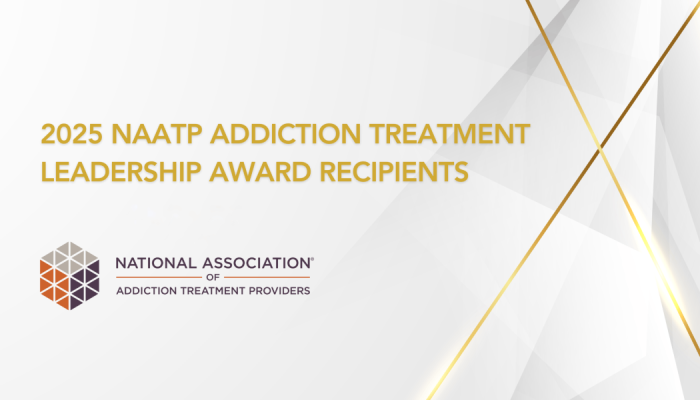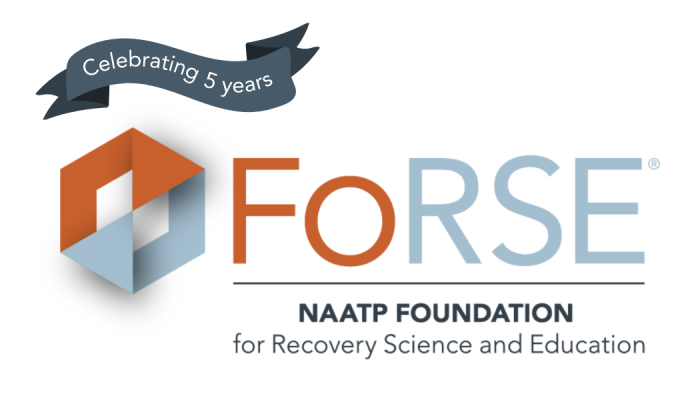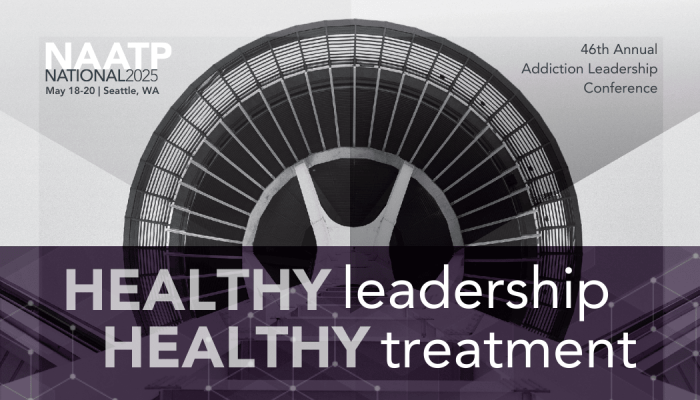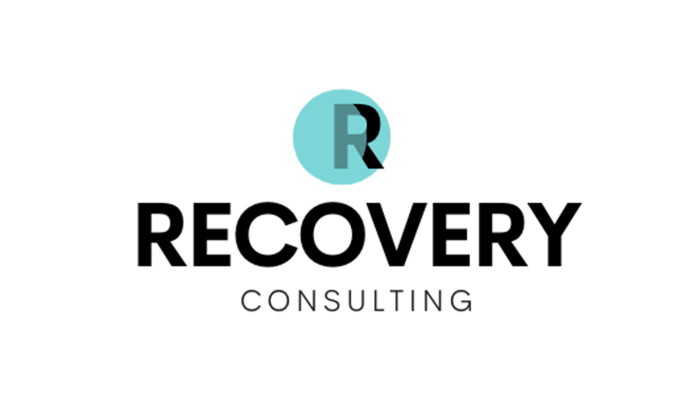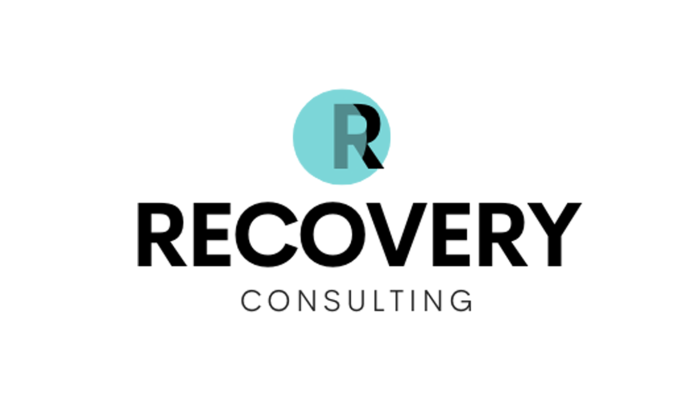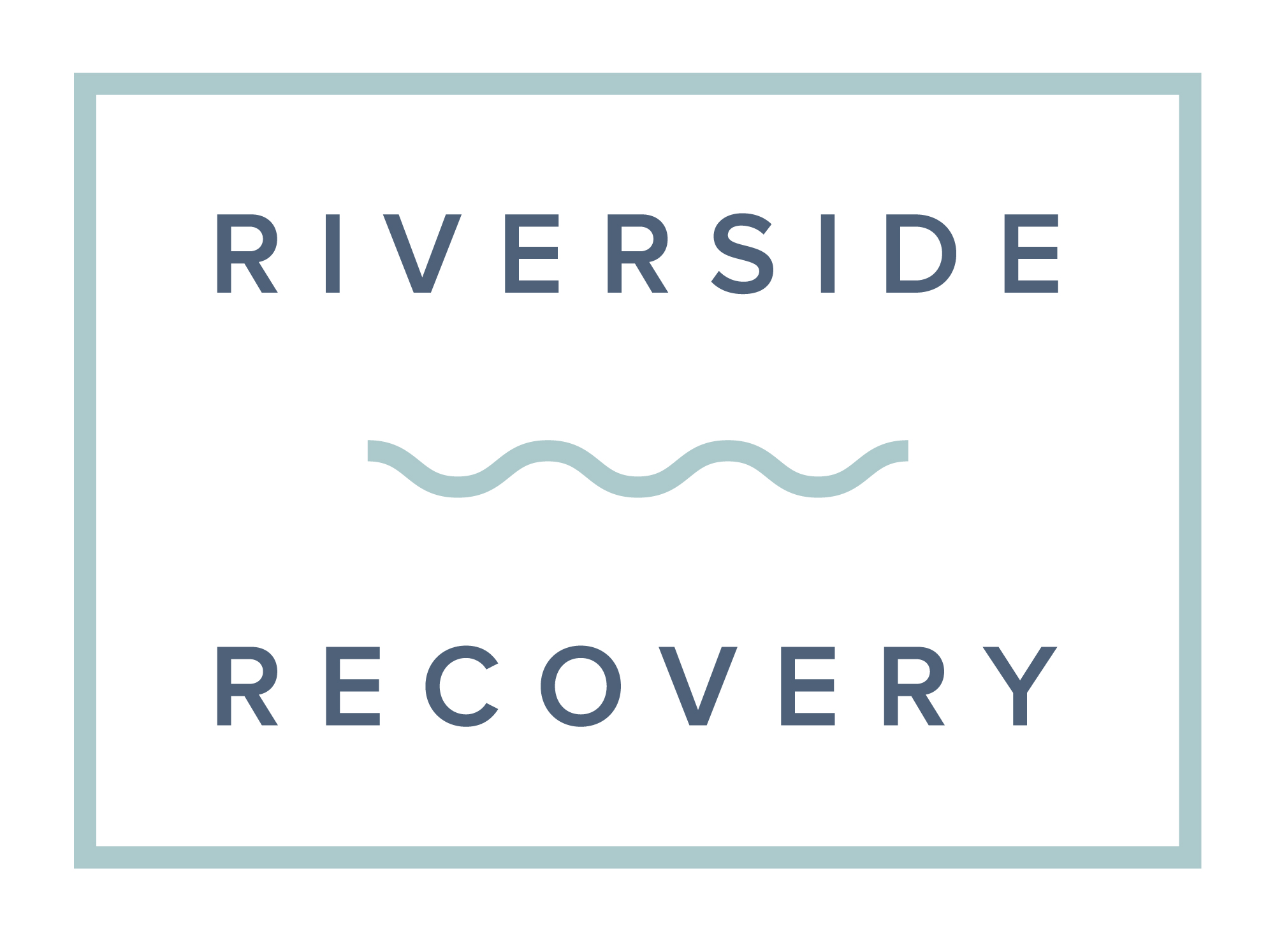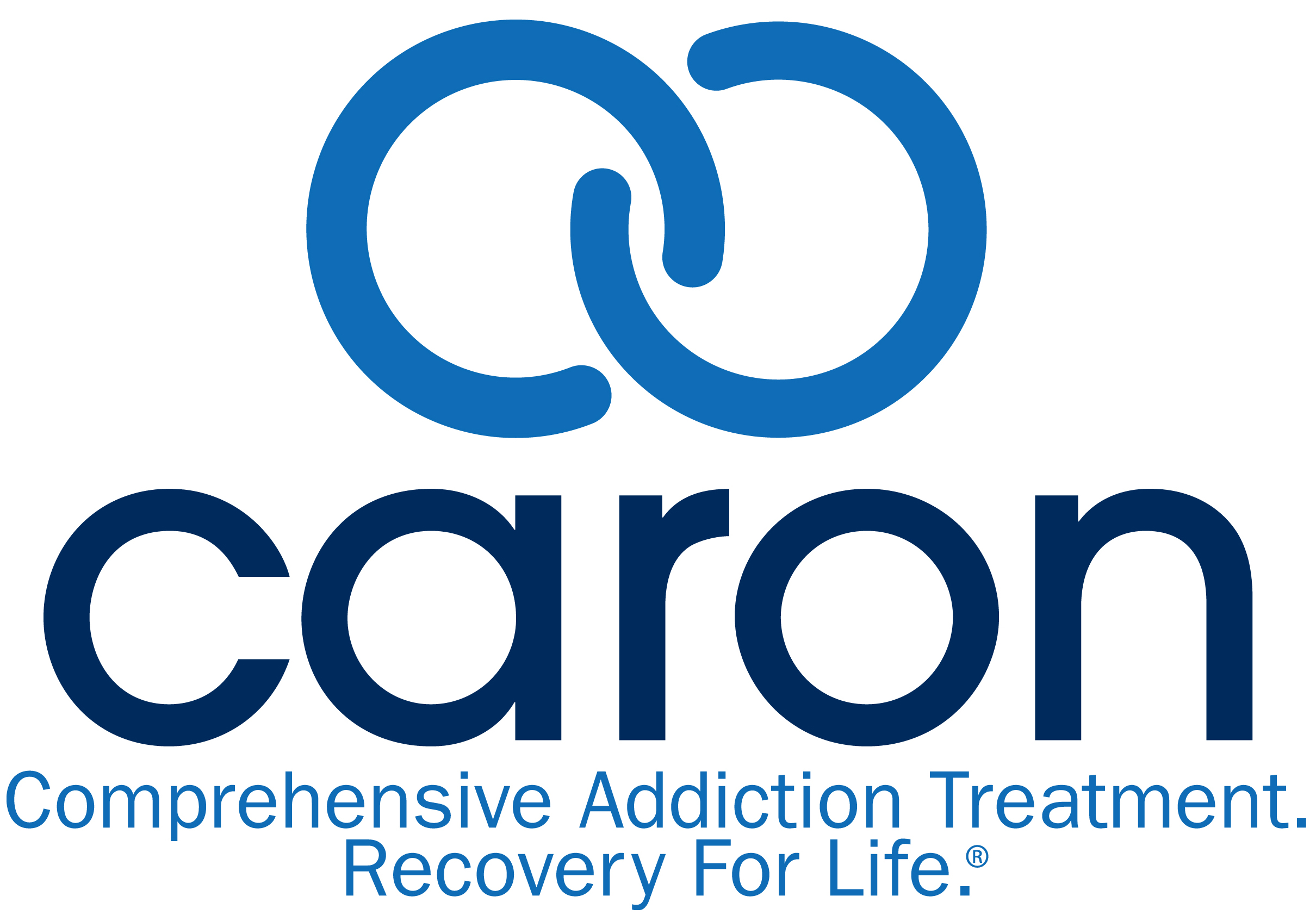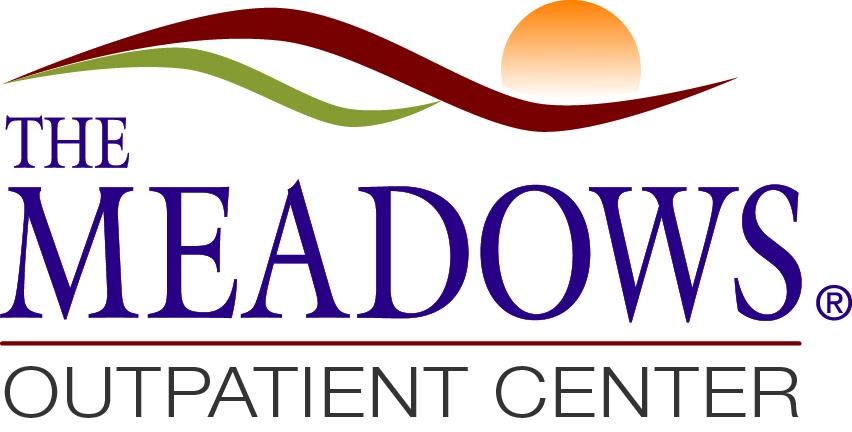Drug misuse refers to two situations: the use of illegal drugs or the improper use of legal or prescribed drugs. Misusing drugs can lead to physical, psychological, spiritual, and relational problems, as well as other drug-related risks. In some cases, substance use disorder (SUD) may develop.
To better understand addiction to street or prescription drugs (or "substance use disorder," as defined by the Diagnostic and Statistical Manual of Mental Disorders, Fifth Edition) and how it is distinguished from physical dependency and drug tolerance, click here.
Cannabis
Cannabis, commonly called marijuana, is the most commonly used illicit drug. An estimated 43.5 million Americans used cannabis within the past year. Researchers have found that about 1 in 10 marijuana users will develop a substance use disorder. [1]
Marijuana is a mind-altering, psychoactive drug derived from the dried flowers, leaves, stems, or seeds of the cannabis plant. Marijuana can be smoked in rolled cigarettes (joints) or cigar wraps (blunts); consumed through vaporization or water pipes (bongs); or consumed by oral ingestion (edibles), among other usage methods.
THC's chemical structure mimics that of natural brain chemicals called endocannabinoids. This allows it to act on specific brain receptors. As marijuana overstimulates parts of the brain with high numbers of these receptors, it makes a person feel "high." Effects vary by user and may include:
- Euphoria
- Changes in mood
- Altered senses (e.g. seeing brighter colors)
- Altered sense of time
- Difficulty with problem-solving
- Memory impairment
- Hallucinations, delusions, or psychosis (in high doses) [2]
People addicted to marijuana may have a higher risk of attention, memory, and learning problems associated with use. These negative brain effects are stronger when users choose marijuana with higher levels of tetrahydrocannabinol (THC). THC levels have been on the rise over the last few decades. [1]
Mental Health & Marijuana Use
According to a Centers for Disease Control and Prevention report, frequent (daily or near-daily) marijuana use may cause an individual to become anxious, paranoid, disoriented, or plagued by unpleasant thoughts. [3] Long-term use of marijuana has been linked to mental illness in some users, which may include temporary paranoia and hallucinations: a condition called marijuana-induced psychosis. Worsening schizophrenia symptoms may be observed among those already diagnosed. [4]
Considerations: Recreational Marijuana Legalization Impact
Further concerns about marijuana have emerged in states like Colorado, where recreational marijuana use was legalized in 2012. According to a 2020 report by the Rocky Mountain High-Intensity Drug Trafficking Area (HIDTA) Program, the following statistics have been reported since legalization:
- 54% increase in the annual rate of emergency department visits
- 101% increase in yearly marijuana-related hospitalizations
- 109% increase in marijuana-related traffic deaths [5]
Cocaine
More than 18 million Americans aged 12 and up have used cocaine, according to the National Survey on Drug Use and Health. Made from the leaves of the South American coca plant, cocaine (also known as crack, blow, coke, and snow) is a white, powdery drug. This highly addictive nervous system stimulant speeds up the user's body, increasing blood pressure and heart rate, and boosting energy levels. As it floods the brain with the feel-good chemical dopamine, cocaine may also bring pleasure and euphoria to the user. [6]
Cocaine is commonly used by snorting it as a powder, applying it topically to gums, dissolving and injecting it into a vein, inhaling it as a heated crack crystal, or mixing it with marijuana or tobacco and smoking it. The effects of cocaine can last from a few minutes to an hour, depending on how the drug is used. In addition to elevating energy levels and producing a feeling of happiness, the stimulant can make the user paranoid, irritable, or more sensitive to sound and light. Excessive drug doses may cause erratic, violent, and unpredictable behavior. [7]
Over time, people who snort cocaine may lose their sense of smell or have nosebleeds, as well as upper respiratory issues. Smoking crack can lead to asthma or pneumonia, while oral consumption may cause reduced blood flow to the bowel. Users who inject cocaine are at elevated risk for developing a soft-tissue infection or contracting Hepatitis C or HIV. [7]
Heroin
Recent statistics from the Substance Abuse and Mental Health Services Administration (SAMHSA) show that approximately 902,000 Americans reported heroin use during the past year. Heroin (also called big H, hell dust, smack, and horse) is a synthetic opioid derived from morphine, which comes from the seed pod of the opium poppy plant. Heroin may appear as a white powder or in other forms such as brown powder or black, sticky tar. Heroin users may choose to sniff, inject, snort, or smoke the drug. [8]
Prescription opioids like Vicodin® and Oxycontin® work similarly to heroin, and nearly 80 percent of Americans who use heroin report having misused prescription opioids first. Heroin binds to opioid receptors located in several areas of the brain, such as those that impact pain and pleasure or control critical body functions like sleeping, breathing, heart rate, and blood pressure.
Heroin delivers a surge of pleasure at first, but users also report skin flushing, dry mouth, nausea and vomiting, clouded mentation, uncomfortable itching, and a heavy feeling in the limbs. In the long term, heroin users cite problems like these:
- Chronic insomnia
- Collapsed veins or damaged nasal tissue
- Heart lining and valve infections
- Abscesses
- Liver and kidney disease
- Lung and respiratory problems
- Mental disorders
- Sexual dysfunction
- Irregular menstruation
Heroin slows breathing, and large doses may induce a coma, cause permanent brain damage, or result in death. [9]
Fentanyl
Fentanyl is a synthetic opioid 50 to 100 times more potent than morphine. It is often used medically to manage severe pain, such as that experienced by cancer patients. However, clandestinely manufactured fentanyl has become a significant public health concern in recent years. Today, this powerful substance is used as filler in street drugs like heroin, cocaine, and methamphetamine, without the user's knowledge. This significantly increases the risk of overdose and death.
According to the Centers for Disease Control and Prevention (CDC), fentanyl overdose deaths have increased dramatically in the United States in recent years, with over 93,000 deaths involving synthetic opioids like fentanyl in the 12 months ending in September 2020. Synthetic opioids have become the class of opiates most involved in overdose deaths, surpassing heroin and related drugs.
Fentanyl is highly addictive, and physical dependence can form in a short amount of time. The drug works by binding to opioid receptors in the brain and blocking pain signals. It also floods the brain with dopamine: a neurotransmitter responsible for pleasure and reward. This surge of dopamine can create a powerful addiction and lead to compulsive drug-seeking behavior.
Fentanyl abuse causes a wide range of physical and mental health problems, including:
- Nausea and vomiting
- Drowsiness or sedation
- Confusion and disorientation
- Respiratory depression (difficulty breathing)
- Reduced heart rate and blood pressure
- Coma or death
Due to the high risk of overdose and death, it is essential to seek professional help for fentanyl addiction. Treatment often includes a combination of medications, behavioral therapies, and support groups. It is also important to be aware of the signs of a fentanyl overdose, including slow or shallow breathing, pinpoint pupils, and loss of consciousness. Individuals should seek emergency medical attention immediately if these symptoms are present.
Methamphetamine
Methamphetamine (also known as crank, ice, chalk, or speed) is a stimulant that has a chemical structure similar to that of amphetamine (a drug used to treat attention-deficit hyperactivity disorder). Recently, this substance has become more prevalent. CDC analysts found that in 2019, 16,167 American overdose deaths involved methamphetamine. This represents a 30% increase from the previous year. [10]
Meth may appear in white powder or pill form or may be crystallized (“crystal meth”). Methamphetamine users may inhale, snort, smoke, inject, or ingest the substance. They get instantly high, and the drug is commonly used in a succession of short-lasting “hits.” This meth binge-and-crash pattern may last for days, and often leads users to avoid food, sleep, or other critical life activities during binges. [10]
Methamphetamine affects the brain by flooding it with dopamine (a natural chemical involved in the brain’s reward system). This dopamine surge makes the drug user want to engage in further drug-seeking and drug-taking behaviors to repeat the reward experience. In the short term, meth users may experience stimulant-induced effects like wakefulness and increased activity, rapid breathing, and increased heart rate. Over time, users who inject methamphetamine increase their risk of Hepatitis B and C, as well as HIV. Other negative physical and mental consequences include:
- Major dental problems
- Sores that develop from intense itching/scratching
- Severe weight loss
- Confusion & anxiety
- Sleep issues
- Paranoia & hallucinations
- Violent tendencies [10]
Prescription Drug Misuse Statistics
Misuse of prescription drugs remains a major public health concern in the United States. [11] Here are some of the latest statistics on prescription drug misuse:
- In 2020, an estimated 16.9 million Americans aged 12 or older reported misusing prescription pain relievers, tranquilizers, stimulants, or sedatives at least once in the past year. This represents 5.9% of the population. [12]
- Overdose deaths involving prescription opioids have increased significantly in recent years. In 2019, there were 14.4 overdose deaths per 100,000 people involving prescription opioids. [17]
- Misuse of prescription stimulants is most common among young adults aged 18 to 25. In 2020, an estimated 2.5 million people in this age group reported misusing prescription stimulants in the past year. [12]
- Misuse of prescription sedatives is most common among adults aged 26 or older. In 2020, an estimated 2.2 million people in this age group reported misusing prescription sedatives in the past year. [12]
Getting Professional Addiction Diagnosis & Treatment
If you are struggling with addiction or love someone who is, professional help is available. Substance use disorder is a complex disease that often requires specialized care from qualified experts.
The National Association of Addiction Treatment Professionals supports citizens and members by providing clinical and operational resources as well as law and policy advocacy. NAATP also encourages the delivery of quality treatment programs.
To find a reputable provider in your area, access the regularly updated Addiction Industry Directory (AID). This directory includes Association members in good standing and distinguished Accredited Providers. For more information about selecting a treatment provider, visit the NAATP’s Addiction & Treatment Resource section.
[1] Centers for Disease Control and Prevention. (2021). Health effects of marijuana. Centers for Disease Control and Prevention. Retrieved February 28, 2023, from https://www.cdc.gov/marijuana/health-effects/
[2] National Institute on Drug Abuse. (2023). Cannabis (marijuana). National Institute on Drug Abuse. Retrieved February 28, 2023, from https://www.drugabuse.gov/drugs-abuse/marijuana
[3] National Academies of Sciences, Engineering, and Medicine. (2017). The health effects of cannabis and cannabinoids: Current state of evidence and recommendations for research.
[4] National Institute on Drug Abuse. (2023). Cannabis (marijuana) DrugFacts. National Institute on Drug Abuse. Retrieved February 28, 2023, from https://www.drugabuse.gov/publications/drugfacts/marijuana
[5] Rocky Mountain High Intensity Drug Trafficking Area program. (2019). The legalization of marijuana in Colorado: The impact: Volume 6, September 2019. Missouri State Medical Association. Retrieved February 28, 2023, from https://www.ncbi.nlm.nih.gov/pmc/articles/PMC6913861/
[6] National Institute on Drug Abuse. (2023). Cocaine. National Institute on Drug Abuse. Retrieved February 28, 2023, from https://www.drugabuse.gov/drugs-abuse/cocaine
[7] National Institute on Drug Abuse. (2022). Cocaine DrugFacts. National Institute on Drug Abuse. Retrieved February 28, 2023, from https://www.drugabuse.gov/publications/drugfacts/cocaine
[8] Substance Abuse and Mental Health Services Administration. (n.d.). Results from the 2020 National Survey on Drug Use and Health. Retrieved February 28, 2023, from https://www.samhsa.gov/data/report/2020-nsduh-detailed-tables
[9] National Institute on Drug Abuse. (2023). Heroin DrugFacts. National Institute on Drug Abuse. Retrieved February 28, 2023, from https://www.drugabuse.gov/publications/drugfacts/heroin
[10] National Institute on Drug Abuse. (2022). Methamphetamine DrugFacts. Retrieved February 28, 2023, from https://www.drugabuse.gov/publications/drugfacts/methamphetamine
[11] National Institute on Drug Abuse. (n.d.). Misuse of prescription drugs. Retrieved February 28, 2023, from https://www.drugabuse.gov/publications/research-reports/misuse-prescription-drugs/summary
[12] Centers for Disease Control and Prevention. (n.d.). Prescription opioid overdose death maps. Retrieved February 28, 2023, from https://www.cdc.gov/drugoverdose/deaths/prescription/maps.html




